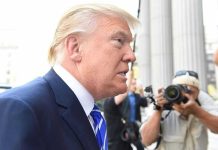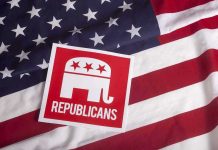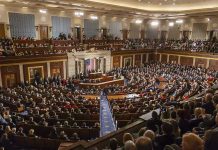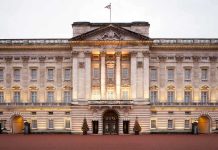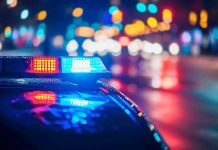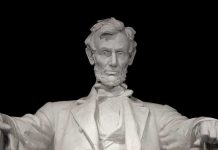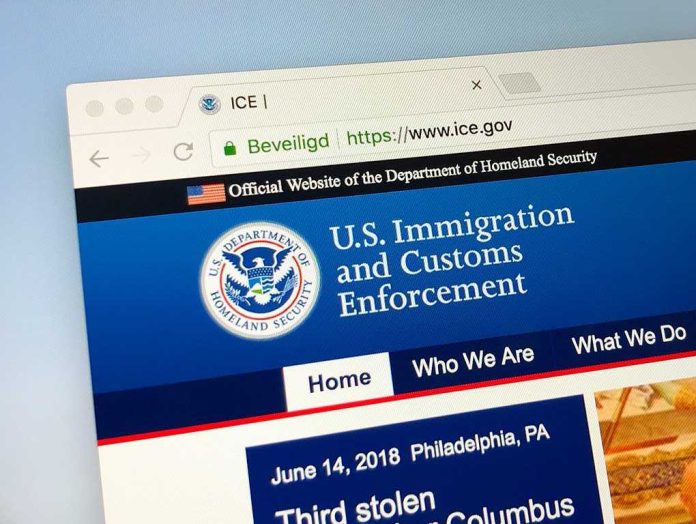
A cloud of tear gas on a quiet Chicago street is not a scene anyone expects after a high-speed Border Patrol chase, yet this is exactly what unfolded—leaving a community jarred and questioning who is in control when the dust settles.
Story Snapshot
- Border Patrol agents pursued a suspect in a high-speed chase ending in a residential Chicago crash.
- Bystanders quickly gathered at the chaotic scene, prompting federal agents to deploy tear gas to disperse the crowd.
- The use of federal force in a local neighborhood reignites debate over jurisdiction and law enforcement escalation.
- Residents are left grappling with the aftermath and their sense of security shaken by the intrusion of federal tactics.
When Federal Pursuit Collides with Neighborhood Reality
Federal agents rarely make headlines in Midwest neighborhoods outside border states. On Tuesday, the East Side of Chicago became an unplanned theater for a Border Patrol chase that plowed through the boundaries of federal and local policing. The pursuit, sparked by a suspect wanted by federal authorities, barreled through city streets at alarming speeds. The chase ended with a crash on a residential block, where the screech of tires was replaced with the anxious murmurs of neighbors stepping out to witness the aftermath. The sight of Border Patrol vehicles amid brick homes and tree-lined sidewalks was as out of place as the chaos they left behind.
After the crash, the crowd swelled as residents, drawn by sirens and curiosity, filled the sidewalk. Children clung to parents; cell phones rose to capture the moment. Law enforcement’s next move was as swift as it was controversial—tear gas hissed into the air, cutting through the growing crowd’s confusion with a bitter chemical sting. Agents, trained for borderlands, found themselves enforcing order in a Chicago neighborhood, their tactics raising questions that would linger far longer than the acrid smoke.
Federal Tactics Ignite Local Tensions
The deployment of tear gas in a residential area is a line few expect to see crossed outside riot scenarios. Residents, already rattled by the high-speed chase, now faced a new threat—chemical agents meant to control, but also to intimidate. This use of force, typically reserved for hardened scenarios at the nation’s edge, landed with a thud in Chicago’s heartland. The tension between local policing standards and federal enforcement priorities became more than an abstract debate. It became a lived experience for those on the block, their front lawns transformed into the front lines of a jurisdictional standoff. For some, the event evoked concerns about the militarization of American streets and the expanding remit of federal power in urban communities.
This weekend, armed, masked ICE agents deployed tear gas on residents in an Albany Park neighborhood. This comes after ICE has tear-gassed Chicago PD and peaceful protestors. @BlockClubCHI
https://t.co/OA27M66eor— Mike Quigley (@RepMikeQuigley) October 14, 2025
Local officials, caught off guard by the scale and style of the federal response, scrambled to reassure residents. Community leaders questioned the need for such aggressive measures, warning that the legacy of this incident could be a lasting erosion of trust. Calls for accountability grew louder as videos circulated, showing families fleeing clouds of gas outside their own homes. The incident reignited old debates about the limits of federal intervention and the hard lessons learned from previous confrontations between law enforcement and the public.
After the Smoke Clears: Lasting Questions for Chicago and Beyond
As the last wisps of tear gas faded, East Side residents were left to sweep up shattered glass and rebuild a sense of security. Federal agents retreated, but the questions they left behind lingered. What thresholds must be crossed before federal tactics override local norms? How do communities regain trust after forceful, out-of-context interventions? And what recourse do residents have when the rulebook for law enforcement changes without notice, right on their doorstep?
The Chicago incident will echo in conversations about the role of federal agents far from the border and the balance between lawful pursuit and community safety. For now, one thing is clear: when federal force collides with local lives, the consequences ripple far beyond a single street or a single day. In the uneasy quiet that follows, Chicagoans and Americans everywhere are left to wonder—when the next chase barrels through, who will be there to protect the neighborhood, and at what cost?
Sources:
Chase involving federal agents led to a crash and angry community response in Chicago

